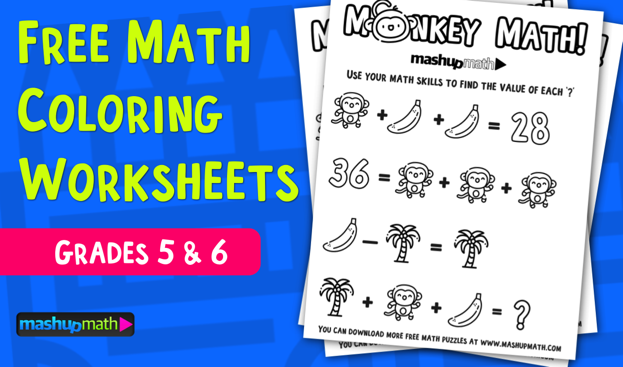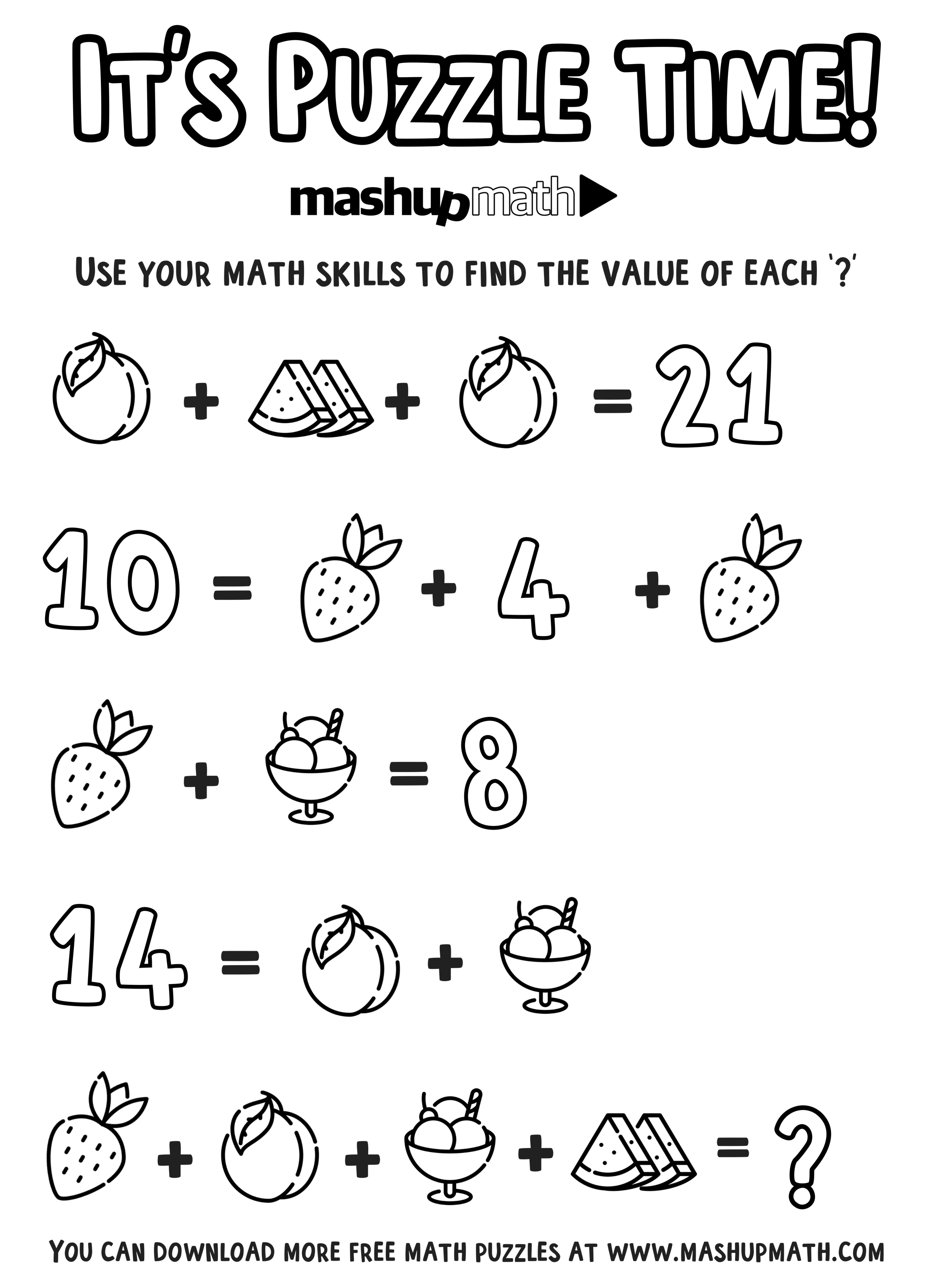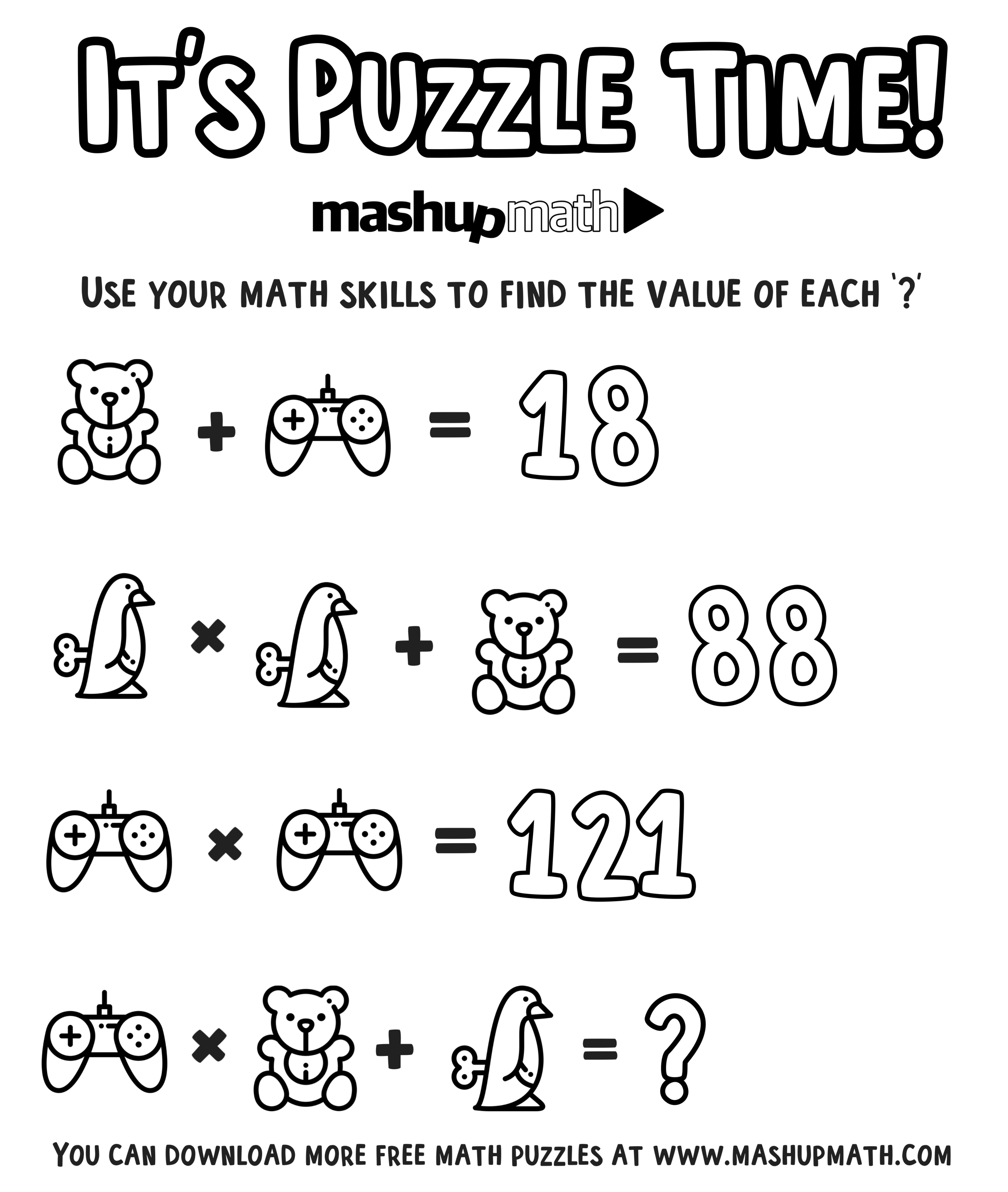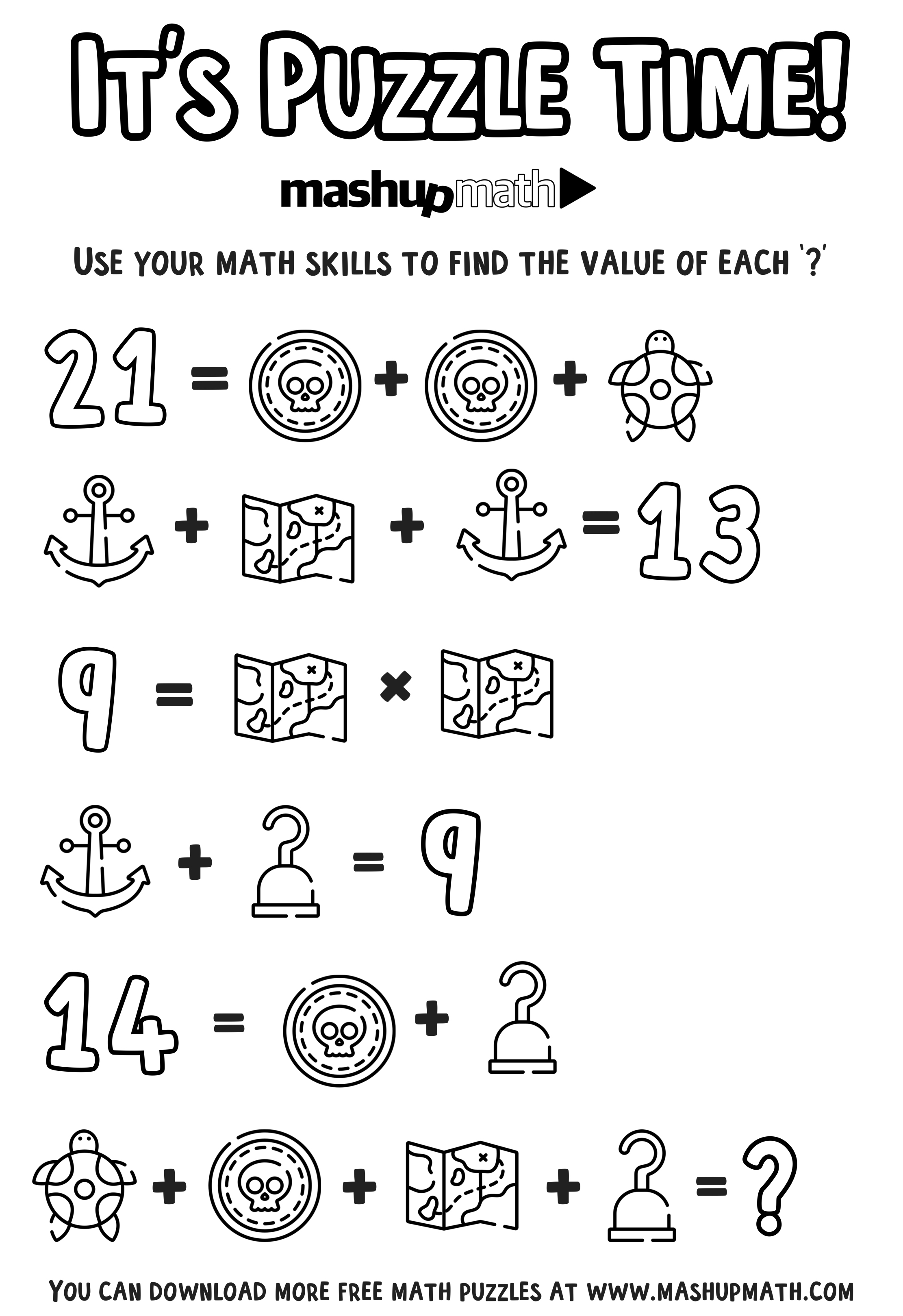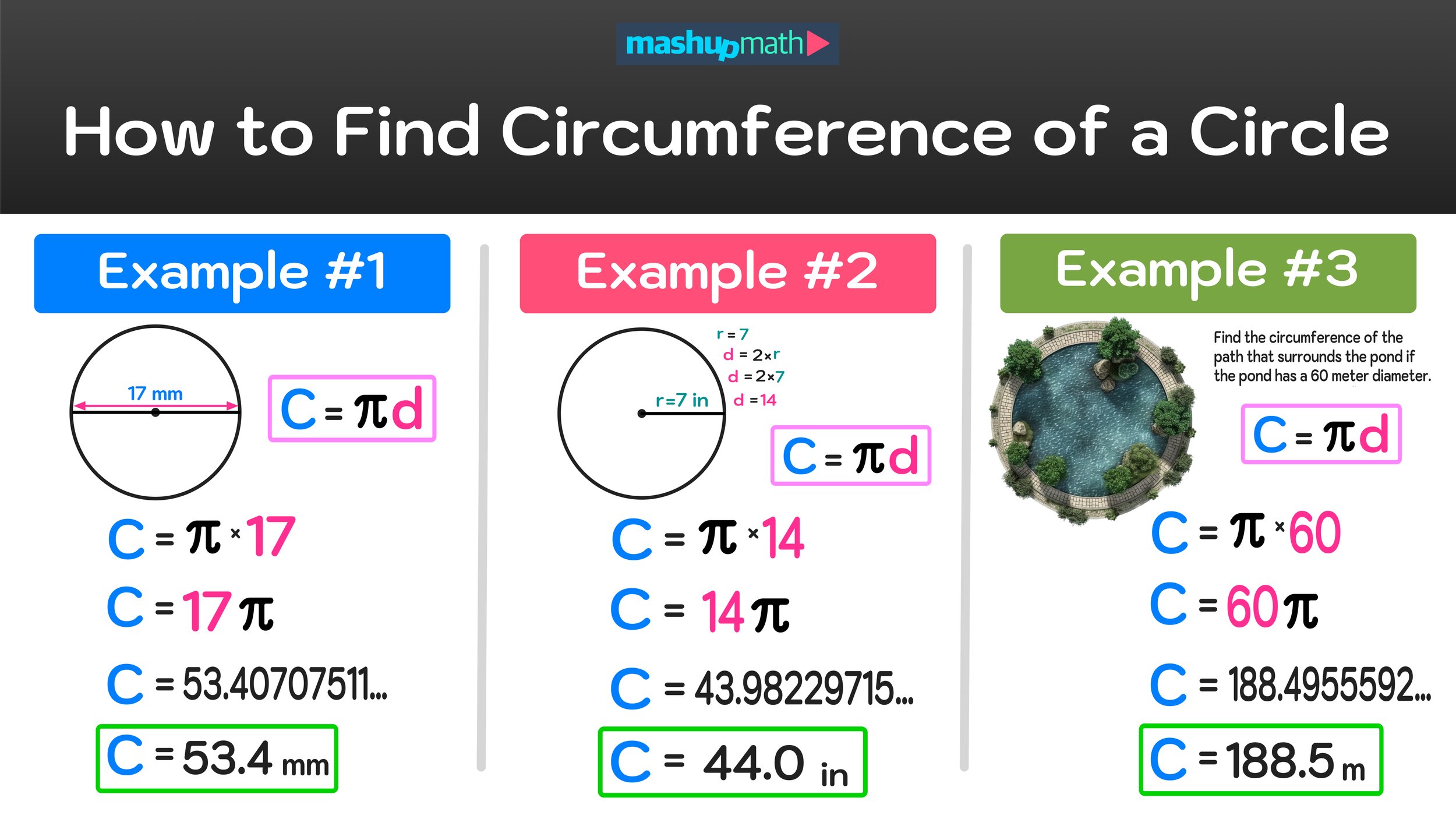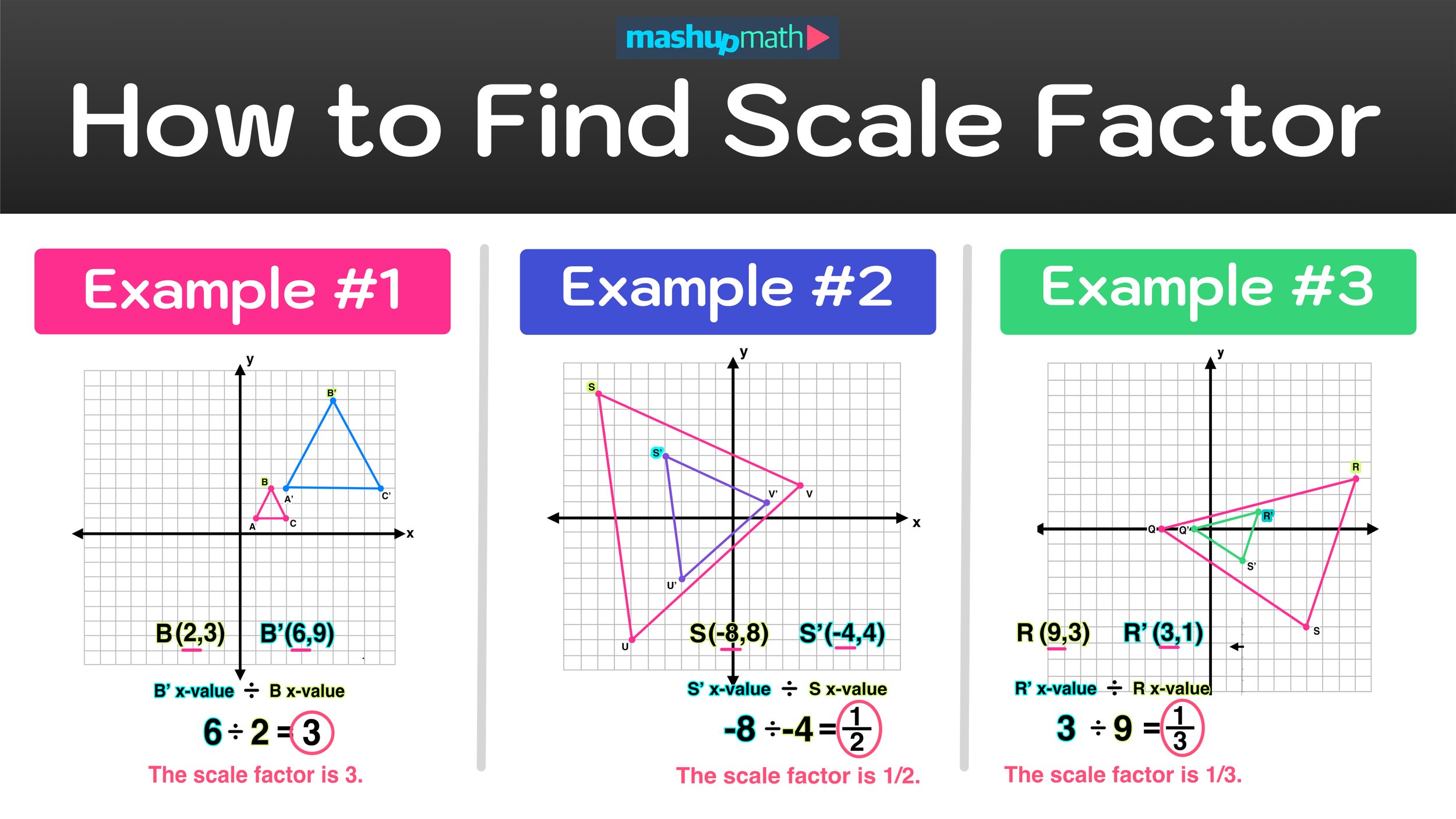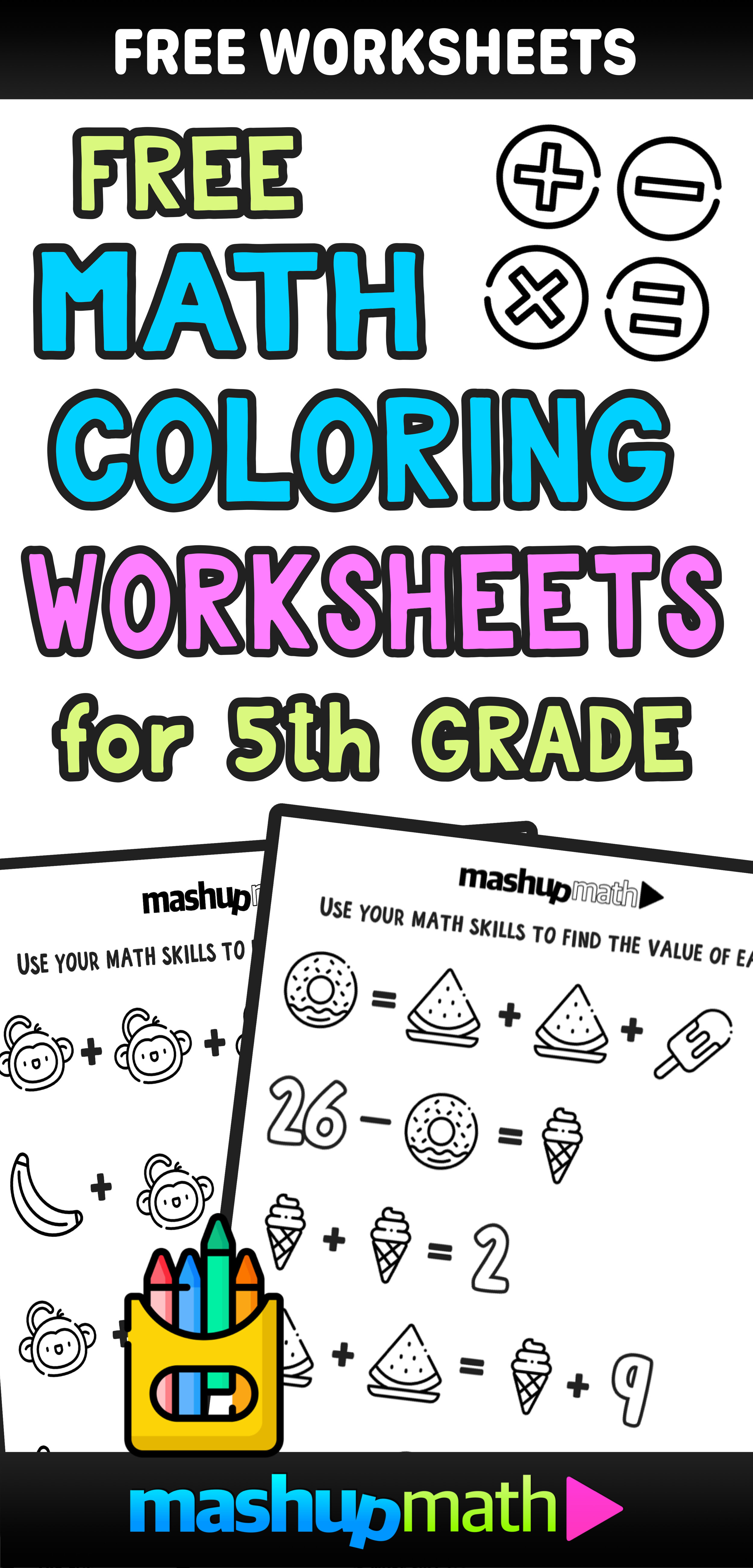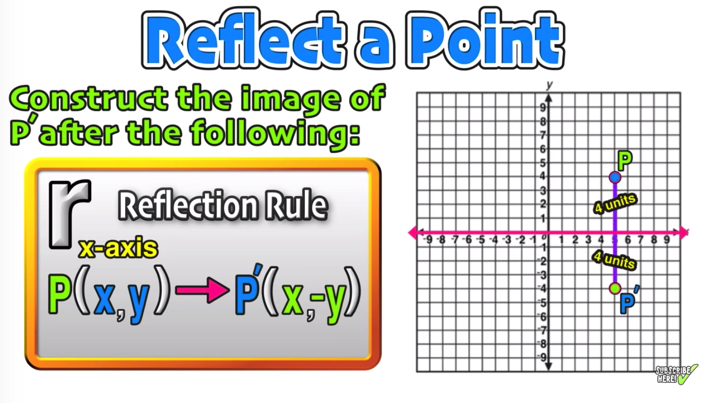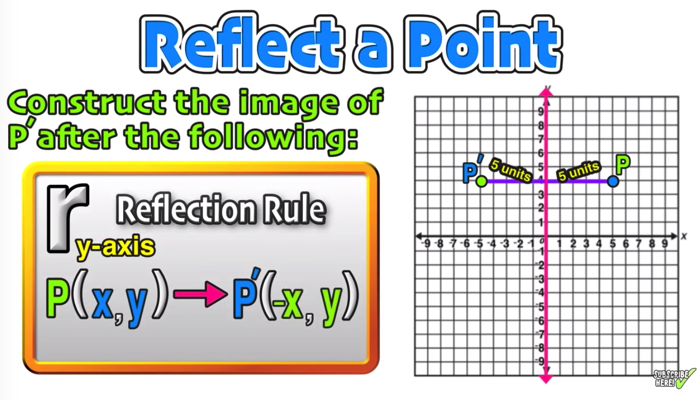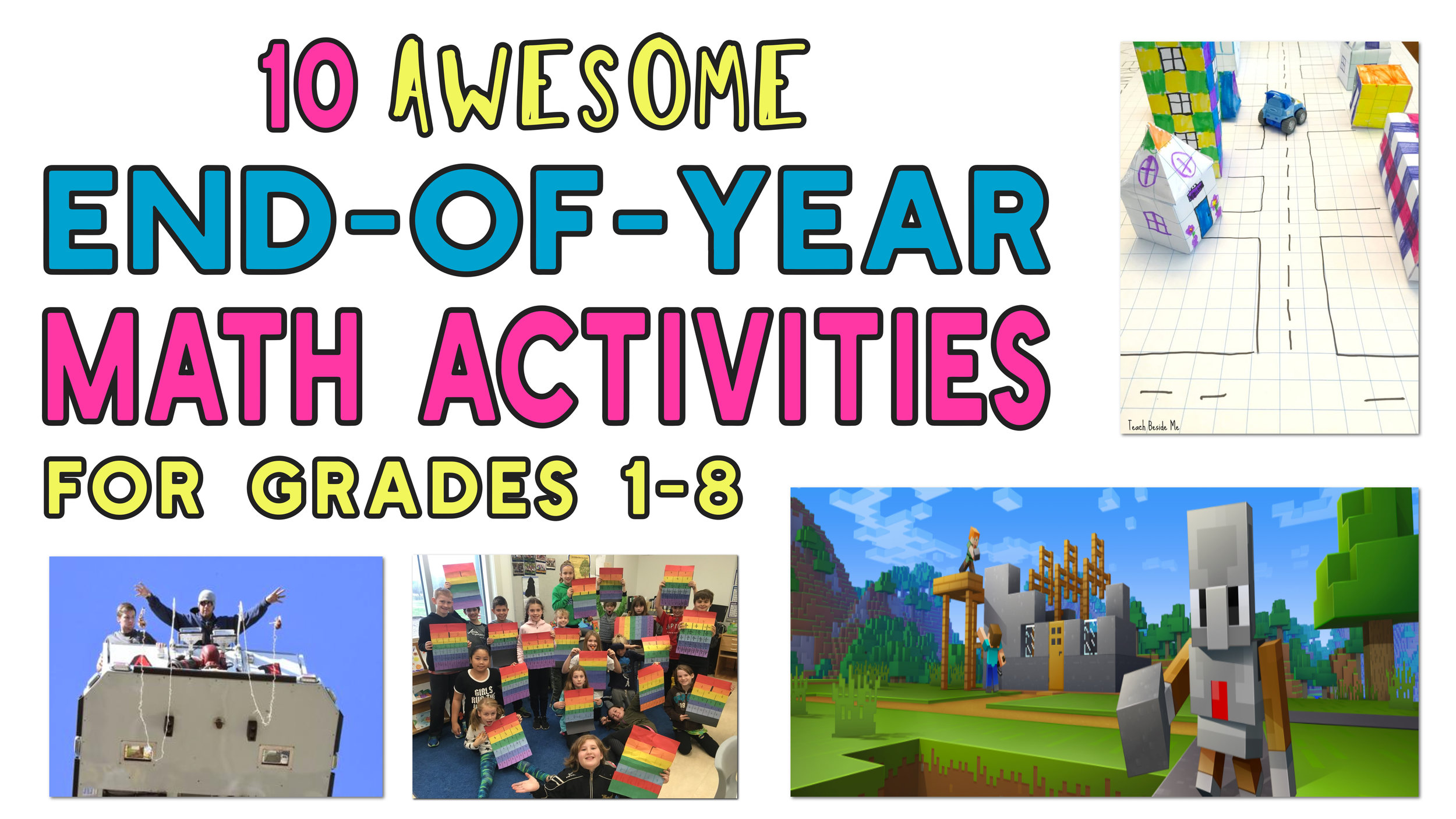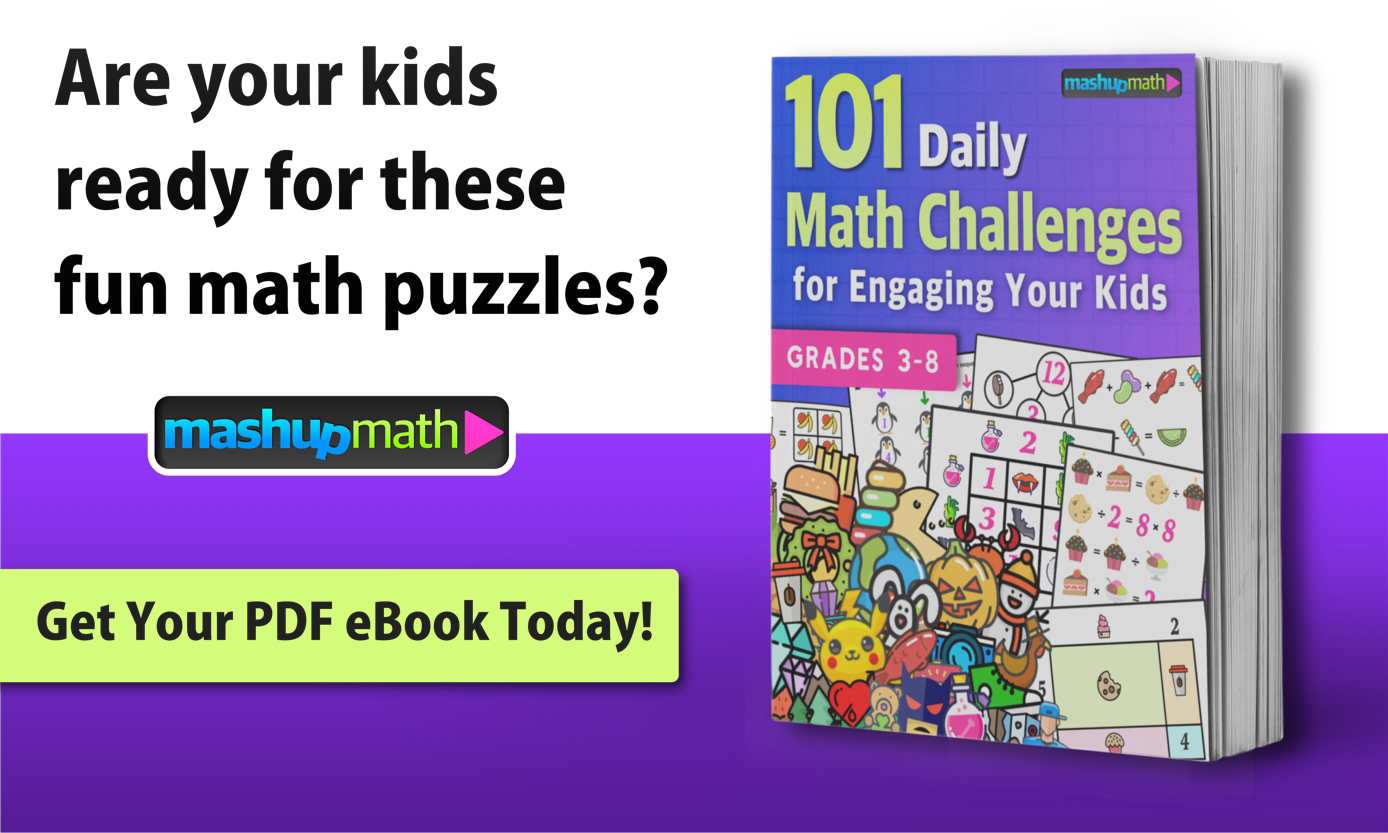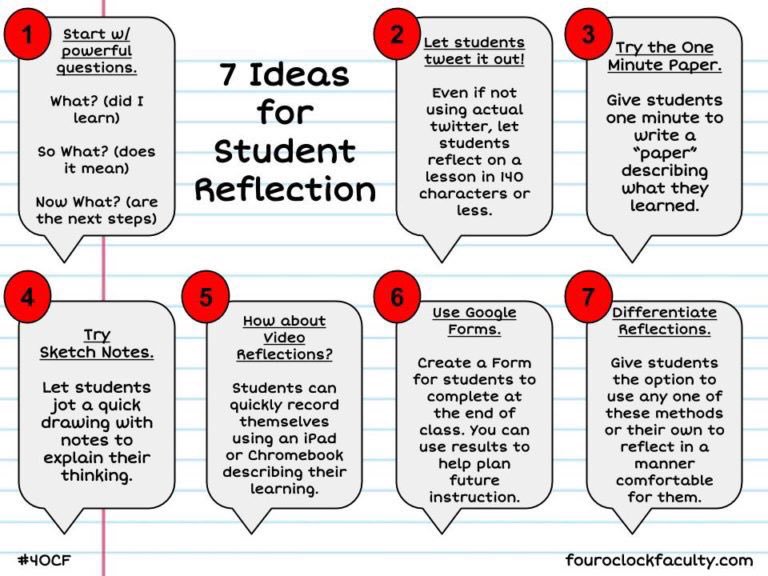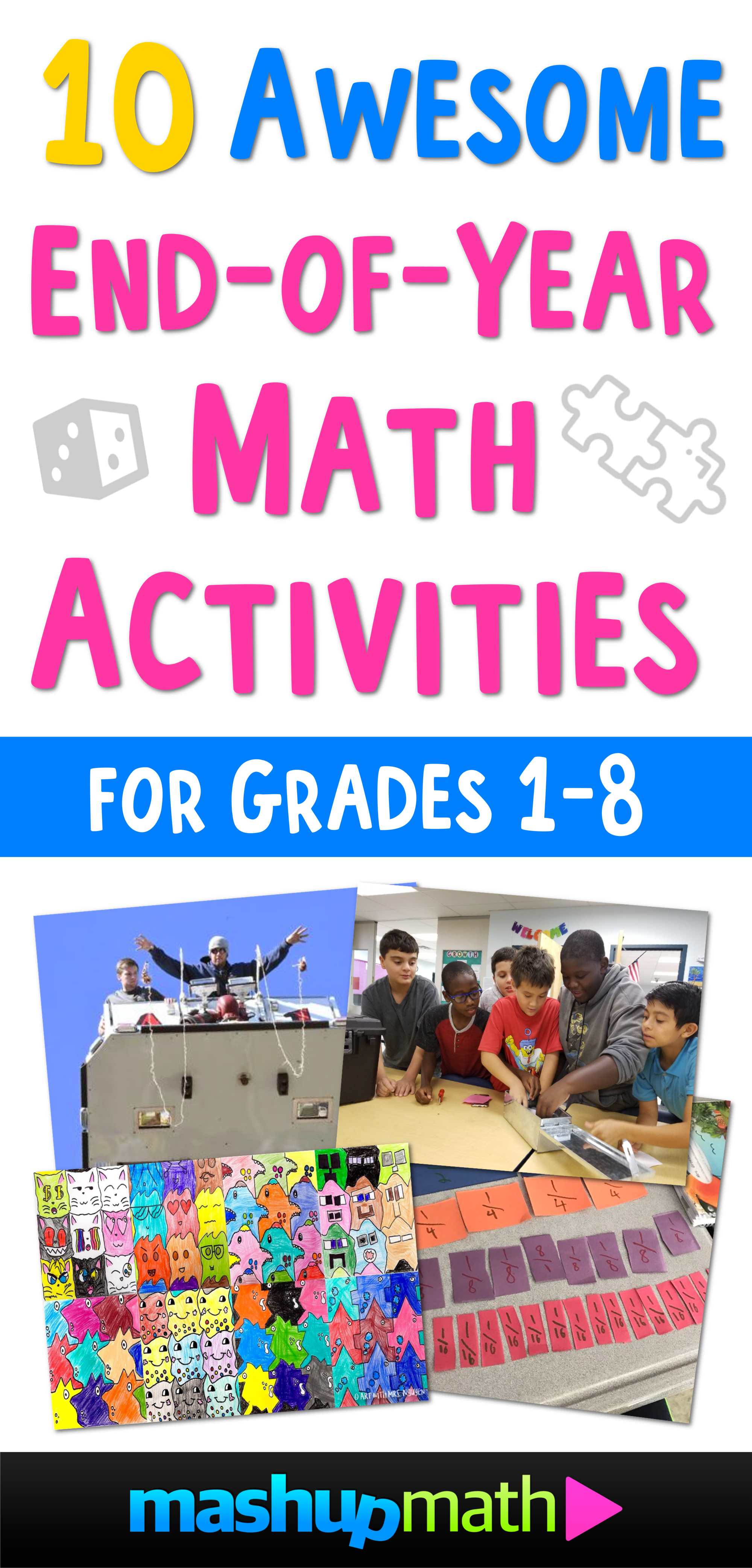Are you looking for free math coloring worksheets to share with your 5th grade and 6th grade students?
(Were you looking for math coloring pages for grades 3 and 4?)
The following free math coloring worksheets for grade 5 and grade 6 are available as printable PDF files. They incorporate mathematical thinking and problem solving as well as understanding of addition, subtraction, multiplication, division, and order of operations.
Each coloring worksheet can be used to supplement your lessons and they also make perfect warm up and cool down activities, homework assignments, and extra credit.
Keep reading to access the full PDF file that shares all five math coloring worksheets for 5th graders and 6th graders. To download each worksheet individually, right-click an image and save it to your computer.
Check This Out: Free PDF Math Puzzles for All Grade Levels
Math Coloring Worksheets for 5th and 6th Grade
Math Coloring Worksheet #1/5: Monkey Math!
Math Coloring Worksheet #2/5: Summer Fruit!
Check This Out: Free Growth Mindset Math Poster for Your Classroom!
Math Coloring Worksheet #3/5: Toys and Games!
Are YOU looking for some super fun daily math puzzles for your students in grades 3-8? Our best-selling 101 Daily Math Challenges workbook is now available as a PDF download!
Math Coloring Worksheet #4/5: Pirate Adventure!
Math Coloring Worksheet #5/5: Snack Time!
Click here to download all 5 free Math Coloring Worksheets for 5th Grade and 6th Grade Students as a PDF file AND access the answer key to each puzzle.
And click here to access free math coloring worksheets for grades 3 and 4!
You Might Also Like…
Have any questions or ideas? Share your thoughts in the comments section below!
(Never miss a Mashup Math blog--click here to get our weekly newsletter!)
By Anthony Persico
Anthony is the content crafter and head educator for YouTube's MashUp Math and an advisor to Amazon Education's 'With Math I Can' Campaign. You can often find me happily developing animated math lessons to share on my YouTube channel . Or spending way too much time at the gym or playing on my phone.



